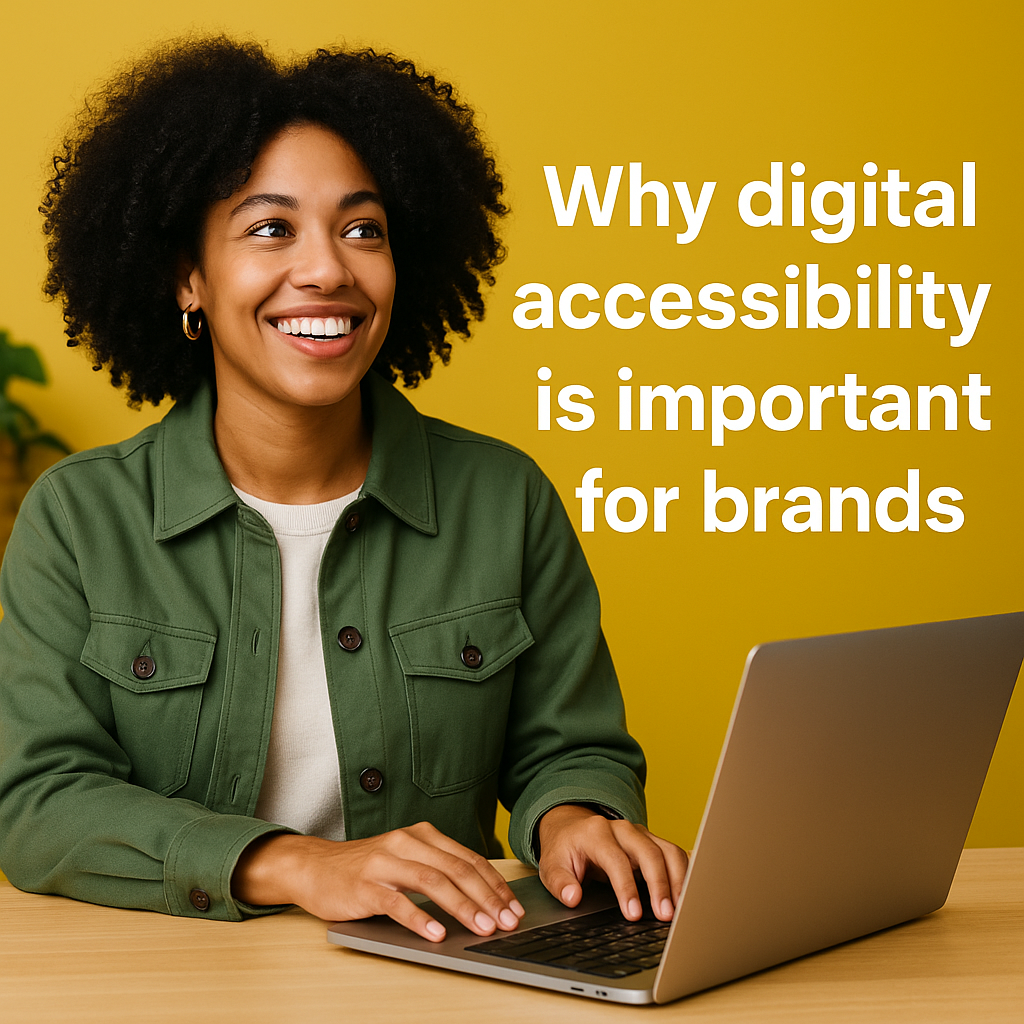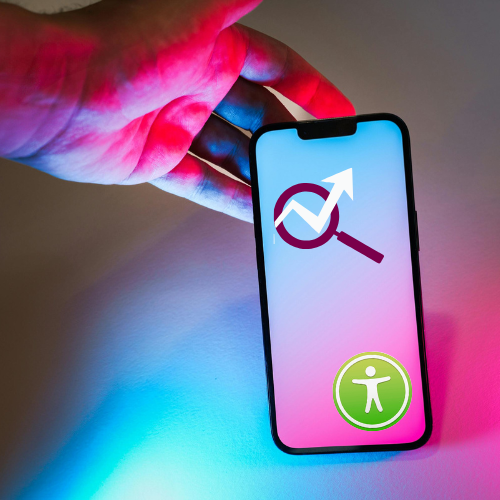Business Owners: I run a successful business, growing well, never focused on digital accessibility
Date Published: Jun 21, 2025
Date Modified: Jun 21, 2025
Many businesses have been growing successfully for the years and possibility is that they are unaware about the accessibility guidelines. The trend is quite acceptable as the businesses are focused on nurturing, but it is also crucial to be aware about the legal implications around a business. Specially, when it also supports your revenue growth and brand standards.
In the digital era, there has been an unavoidable dependency on the digital platforms all around. A normal day in a normal human life is without a doubt difficult to manage without using digital devices and content. Barely, we survive without internet or mobile phones.
And digital platforms are not just a part of work but also source of information and news, a way to connect with people, a way to survive a day without cook, get the shopping done at home sitting on your couch with your favourite drink and it is an endless list.
On the contrary, a person has permanent or temporary disability like color blindness, mobility issues or may be a plastered hand for few weeks. How this person would be handling the day without accessible platforms. This community is left behind when digital ecosystems omit the concepts of accessibility and inclusivity.
Accessibility is not an option- it is a human right.

For years, the business thrived- marked by strong performance metrics, a steadily expanding client base, exponential revenue growth and a clearly defined trajectory toward even greater success. The leadership team was confident in their strategy, proud of their achievements and deeply optimistic about the future. Every milestone reached reinforced their belief that they were on the right path. The company culture was rooted in ambition and forward-thinking, with everyone aligned toward shared goals. With streamlined operations, loyal customers and increasing market influence, the momentum felt unstoppable. They had built something powerful and believed the best was yet to come.
But everything shifted when they came across the concept of digital accessibility.
What seemed like a small oversight revealed a much larger gap: they had unknowingly excluded an entire community. Beyond the ethical implications, they recognized the tangible risks - missed opportunities, alienated users and non-compliance with legal standards that could have jeopardized their reputation and growth.
It was a wake-up call. And a turning point.

The hidden cost of ignoring accessibility
Over a billion people across the globe live with some form of disability- an undeniable truth that makes accessibility not just a moral responsibility, but a smart business move. Ignoring this vast population means excluding a significant portion of potential customers, talent and voices. However, when a business embraces inclusivity, it undergoes a powerful transformation. Products become more thoughtful, user experiences improve for everyone and customer loyalty deepens. Teams grow more empathetic and innovative, designing solutions that reflect real-world diversity. Inclusivity builds trust, strengthens brand reputation and opens up new markets that were previously out of reach. What starts as an effort to accommodate a few often leads to better outcomes for all and positions the business as a leader in a future where accessibility is no longer optional, but expected.

By making small but intentional changes - like adding alt text, ensuring keyboard navigation or using readable color contrast - businesses become more welcoming to everyone. Accessibility boosts search rankings, improves mobile usability and shows customers you care. It’s not just about compliance; it’s about connection. Inclusive design turns barriers into bridges, helping brands grow with purpose, integrity and long-term impact in a diverse, digital-first world.
Accessibility Transforms Businesses by:
- Unlocking new customer segments previously underserved
- Building brand trust and emotional loyalty through inclusion
- Reducing legal risk and demonstrating social responsibility
- Improving internal culture by encouraging empathy and diverse hiring
- Driving better design choices and increasing product usability
When we design for disability first, we often stumble upon solutions that are better than those when we design for the norm.
Read more to upgrade your knowlegde around accessibility with PanXWorld.


